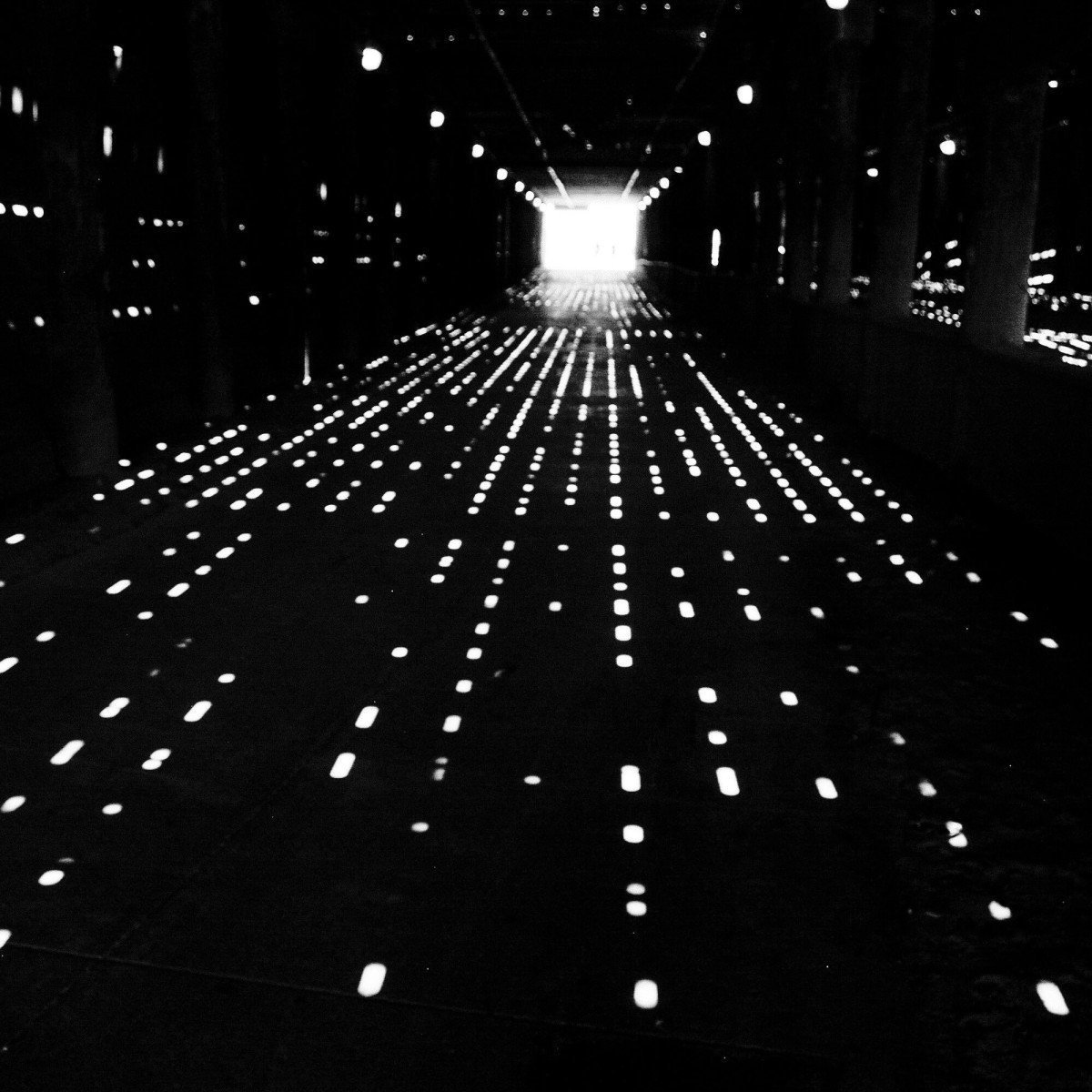Remember that time when you were a kid, trying to capture the flight of a hummingbird hovering over your Mom’s garden, only to end up with blurry shots? Or that moment at your local sports event when you attempted to immortalize the precise moment the bat hit the ball, again ending with a mere blur? Well, welcome to the world of high-speed photography, where such magic moments are frozen in time with captivating precision.
High-speed photography, ever heard of it? It’s an intriguing form of artistic expression that truly takes you ‘behind the scenes’, revealing the unseen ballet of movements too rapid for the naked eye. From a splatter of vibrant paint droplets gyrating in mid-air to the mesmerizing spectacle of a balloon just as it bursts – these are not just frozen moments; they’re miniature universes of drama and beauty. Quite a surprise, isn’t it?
Have you ever wondered how exactly high-speed photography works, and what distinguishes it from other genres like macro photography? ‘It’s all about timing,’ as my mentor, a seasoned photographer, used to say. In the world of high-speed photography, fractions of a second can mean the difference between an extraordinary snapshot and a missed shot. So let’s delve a bit deeper, shall we?
So, what’s the secret to high-speed photography? Fundamentally, it’s two-fold: mastering your timing and tweaking your camera settings just right. Remember, it’s dealing with phenomena that happen in the blink of an eye, so precision is key!
First up, let’s talk shutter speed. You see, in high-speed photography, the quicker the shutter speed, the better the chance of freezing a split-second action. We’re talking speeds as high as 1/4000th of a second or more. Sounds like the landspeed of a sports car, right? But here’s the kicker: the faster the shutter speed, the less light enters the lens. Hence, you need ample light, or your photos risk turning out underexposed.
‘But how about the flash?’ I hear you ask. Well, indeed. The flash is your trusty sidekick in this adventure. A well-timed flash can illuminate your shot just right, adding that professional touch to your high-speed snaps. But be warned! Depending on the speed of your subject, deciding when to trigger the flash can be a bit of a tightrope walk.
Here’s a helpful tip for timing that flash: Trigger the flash manually by using a sound or light trigger. I remember bursting balloons in my garage, fingers poised on the flash trigger, waiting for the ‘pop’ sound to ignite the strobe. Ah, the thrill of it! But remember, always play safe. Don’t go triggering flashes in hazardous environments or around light-sensitive individuals.
When it comes to camera settings, opt for manual mode. This gives you the full control needed to _master_ the science (and art) of high-speed photography. Adjust your ISO levels for better light sensitivity, play with aperture, and don’t shy away from using various lenses for different effects. And of course, practice makes perfect. A lot of trial and error is inevitable, but that’s part of the fun, isn’t it?
So there you have it. High-speed photography might seem daunting at first, but with patience, practice, and a sense of adventure, you can create fascinating photos that tell stories in a split second. Can you capture life at 1/4000th of a second? Grab your camera – the challenge is on!


0 Comment